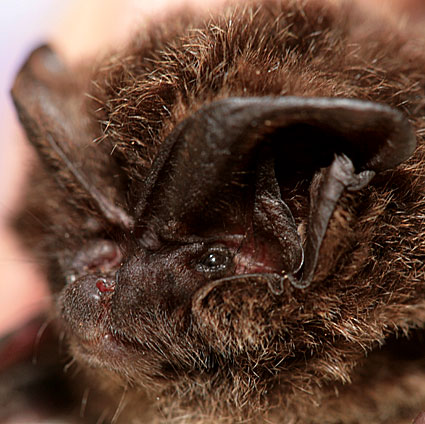September 2007
There's a large passage of Arctic terns through Britain at present. When I started birding, it was commonplace to lump Arctic and common terns together as 'commic' terns, especially when distant views were obtained. Nowadays increased knowledge (and better optics) have made it possible to identify the species in many situations. I still often find it difficult, especially when birds are flying and appreciation of wing patterning is tricky. Some of the diagnostic features become more apparent in photographs, though difficulties still remain! On 30 September I dropped my daughter and her chums at the car boot sale and positioned myself to photograph terns at Cheddar reservoir as the birds circled the reservoir. Here are some photos.
First, an adult bird. Still lots of red on the bill (adult common's bill often black by now), translucent primaries and secondaries viewed from underneath and a narrow, well defined black band on the underside of the primaries make this an adult Arctic tern.
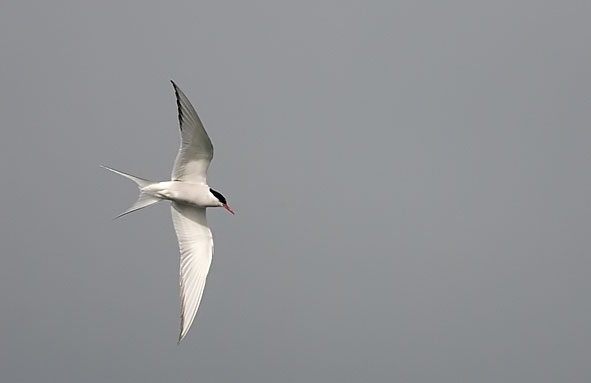
Juveniles have shorter tails than adults, but the wing patterning is not always easy to discern at distance. First, an obvious juvenile Arctic tern - note the black bill, (juvenile commons often still have red in the bill), and the white secondaries viewed from above are diagnostic. The birds can look very pale from a distance. The rump is white.
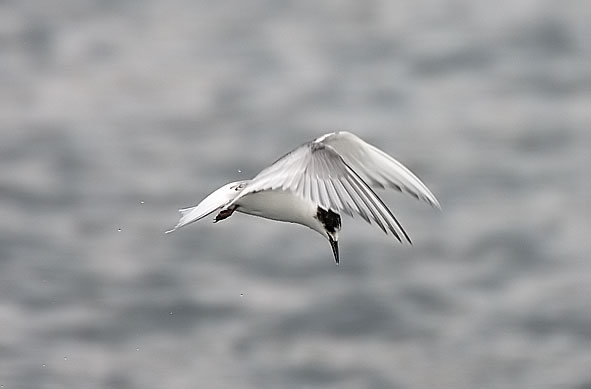
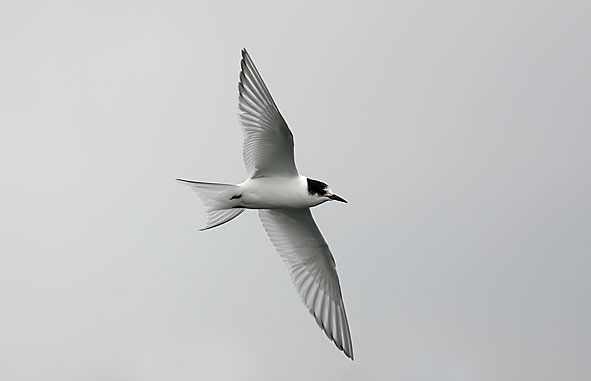
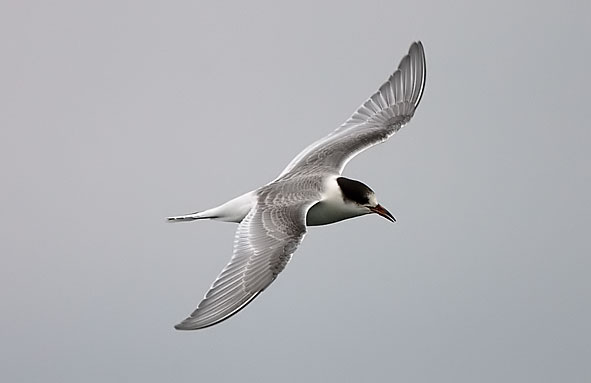
So far, so good. Now for a difficult one.
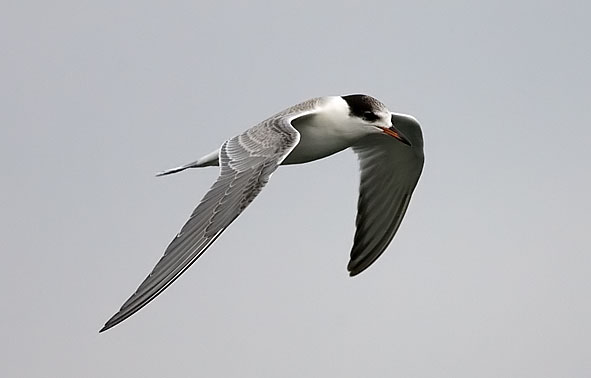
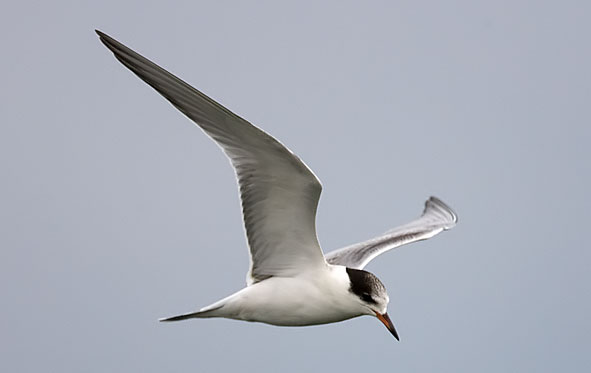
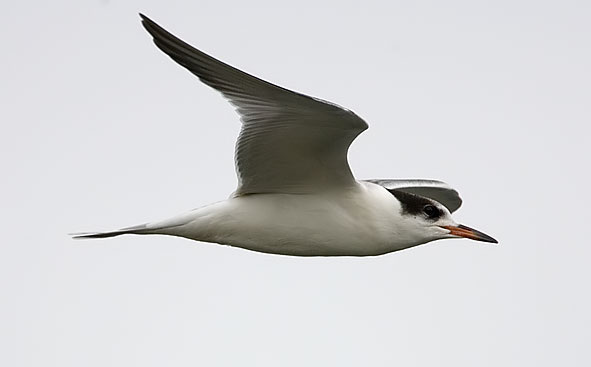
I think this is a juvenile common tern for the following reasons: it has a longer bill with much red in it; it has an eye ring; it has a darker trailing edge along the secondaries; the black edge at the leading edge under the primaries is thicker and more diffuse; and a dark edge occurs on the underwing close to the leading edge of the primaries. My only concern is that James Packer took a photo of a resting bird at Cheddar on the same day with much red in its bill, yet with proportions very typical of an Arctic tern. The bill looks shorter than on this bird, however, the black 'fingering' on the underside of the primaries is different and James's bird has browner lores: my (tentative) conclusion is that these are different birds, and that bill colour is not a reliable identification feature for these juvenile terns.
There were also 2-3 northern wheatears at Cheddar. The bird below is doing a good postural impression of an Isabelline wheatear!
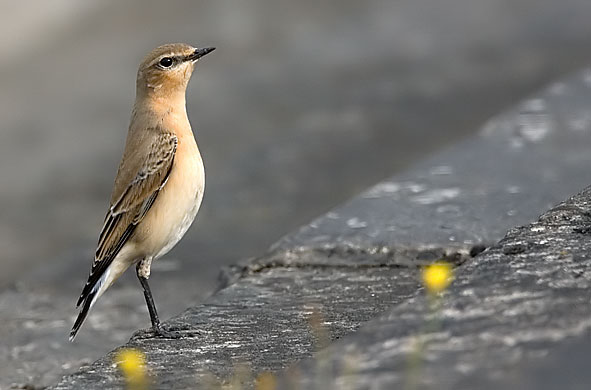
A family trip up the River Avon between Bath and Bathampton on the electric boat 'Viking Warrior' on 29th produced 2 kingfishers and a little grebe.
On the afternoon of 28 September there were 3 Arctic terns, and a black-necked grebe at Chew. A gull at Herriot's Pool is causing some interest: if is much smaller and sleeker than the graellsii lesser black-backed gulls, and it has very black upperparts. Overall it is very suggestive of a Baltic gull Larus fuscus fuscus. I only managed a couple of photos in the pouring rain before my camera battery failed. Unfortunately the bird was facing into the NE wind and so was visible head on much of the time. Nonetheless, its small size and diminutive head are apparent alongside the graellsii and herring gulls in the rather poor picture below.
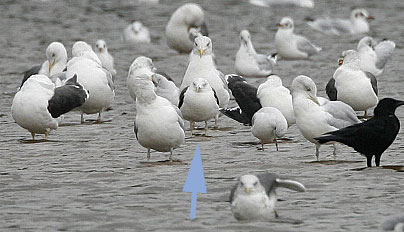
An afternoon birding after a long break. Chew Valley Lake (23rd) was host to lots of Aythya duck. Highlights were a little egret, 2 wigeon, an unidentified distant tern, and a hobby that flew over Stratford hide (another at Flax Bourton). There are several quite young great crested grebes present, and a black-necked grebe that came close to the hide. I don't know if it's an adult with some remnants of the breeding plumage ear tufts, or a juvenile.
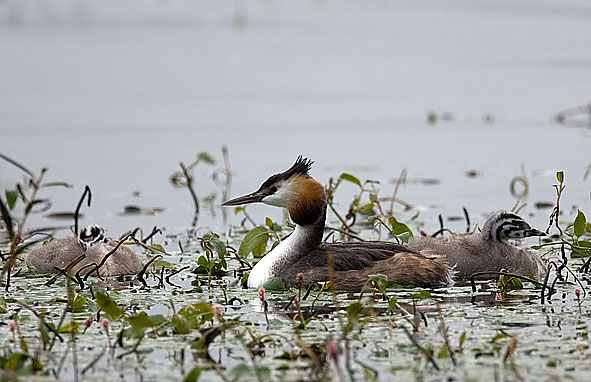
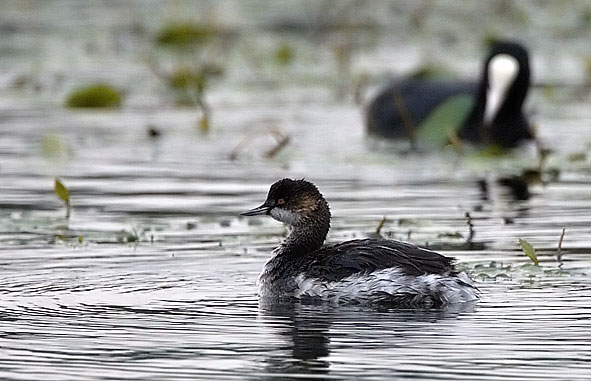
A quick trip to China between 10-16 September involved a night on a plane, a night in Beijing, 3 nights in Shanghai, a night in Beijing, lots of work and flying home again. The binoculars didn't get out of the suitcase and I only saw tree sparrow, magpie, azure-winged magpie, blackbird, black-crowned night heron and light-vented bulbul. The pollution is so bad in Beijing now that you only realise that the plane is about to land when you can see the tops of trees along the runway. I pity the athletes who will have to perform in the smog during next year's Olympic Games. After a meal in the revolving restaurant at the Oriental Pearl Tower, I took the photos below of Shanghai at night.


The photo below is of a Tibetan cloak from the Qing Dynasty. It was photographed at the museum at the University for Chinese Minorities in Beijing, and shows amazing bat emblems.
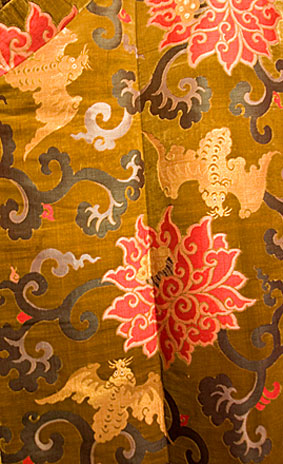
On 5th I visited the Bovey Valley in Dartmoor to help my student Matt catch barbastelles. We managed to catch 6 to get samples for our population genetics studies, and attached radio tags to 2.
